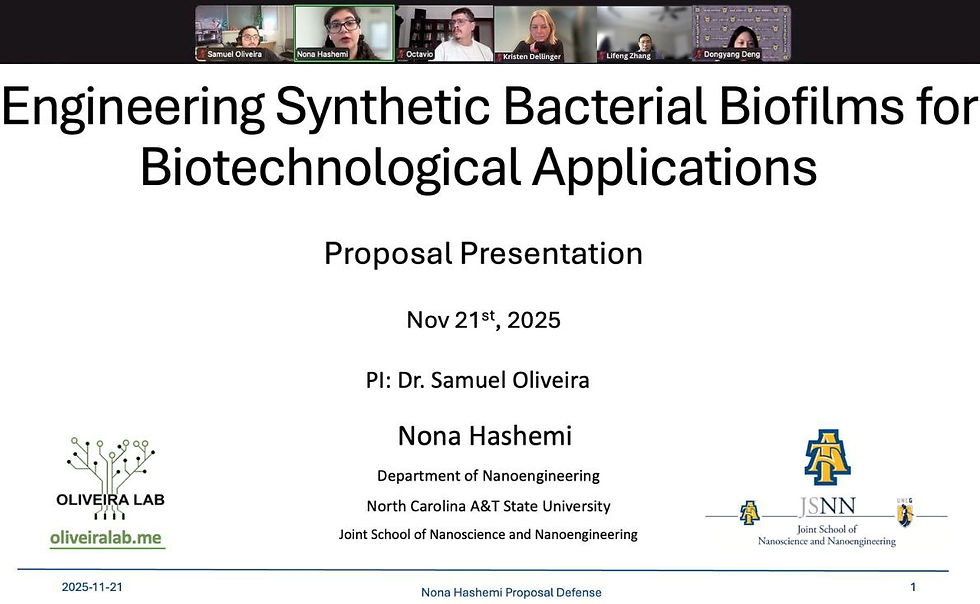Measuring the activity of Single Cells
- Henrique Hiram
- Feb 26
- 2 min read
At OliveiraLab, we use time-lapse microscopy in microfluidic chips in order to understand spatial and temporal dynamics in microbial communities. Both these components - time and space - are crucial to understand how different organisms - engineered or not - interact in different environments. One of our most helpful tools is lab automation, as it allows us to delegate long and repetitive tasks to machines, while we as researchers can focus on interpreting data, designing experiments and thinking. We not only use tools, but we also develop them.
This week, we are excited to share that we have obtained our first results from single-cell fluorescence analysis using our Deep Learning-powered tool!

In general, our time-lapse microscopy data consists of multiple positions within the microfluidic chip, captured at various time points and across three channels: phase contrast, brightfield, and fluorescence. Said so, we are using a custom-trained segmentation model based on phase contrast images to extract the outlines of the cells. Subsequently, these masks are applied to the fluorescent channels to isolate the signal corresponding to each cell. This isolated signal is then quantified as the single-cell fluorescence signal for each individual within the experiment.
Compared to tools our researchers previously used, this is a major improvement since we are now able to measure the activity of single cells instead of the whole population. We are interested in those measurements because cells can have different behaviors even if they are genetically identical, so called cellular fates. Understanding cellular fates is important because it can tell us a lot about how the environments helps or disturbs the normal functioning of those tiny individuals. On top of that, we are currently studying other statistical analysis techniques to extract the most knowledge we can from our data.
If you are interested in our research, want to become a student or establish a collaboration, please reach out!


Comments